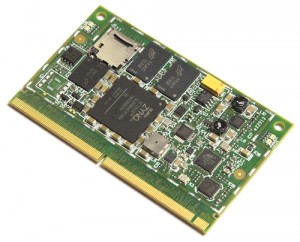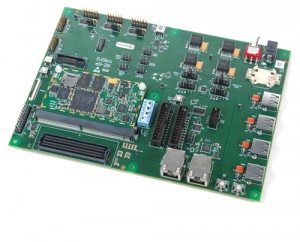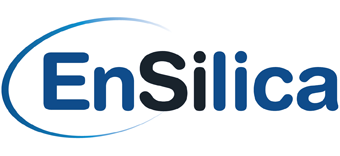eSi-Modules
The eSi-ZM1 module from EnSilica offer a small form factor System-on-Module (SoM) built around the Xilinx Zynq Extensible Processing Platform.
Download Articles
The eSi-ZM1 enables low-risk and fast time-to-market hardware development without sacrificing differentiation, integration or flexibility. Combining a powerful dual-core Arm A9 subsystem running embedded Linux together with the Xilinx Series-7 FPGA fabric means you can design smarter systems demanding real time hardware performance.
The modeule provides a broad range of advanced I/O including gigabit ethernet, USB, I2C and SD-card. This allows excellent connectivity, whilst the programmable logic creates unlimited possibilities to add virtually any peripheral or create custom accelerators to extend system performance to suit the target application.
eSi-ZM1 Module
The modules can be purchased directly from our distributor and the link below will take you directly to their online store.
eSi-ZM1 Evaluation Baseboard & Module
The Development Platforms can be purchased directly from Ensilica and the link below will take you to our online store.



